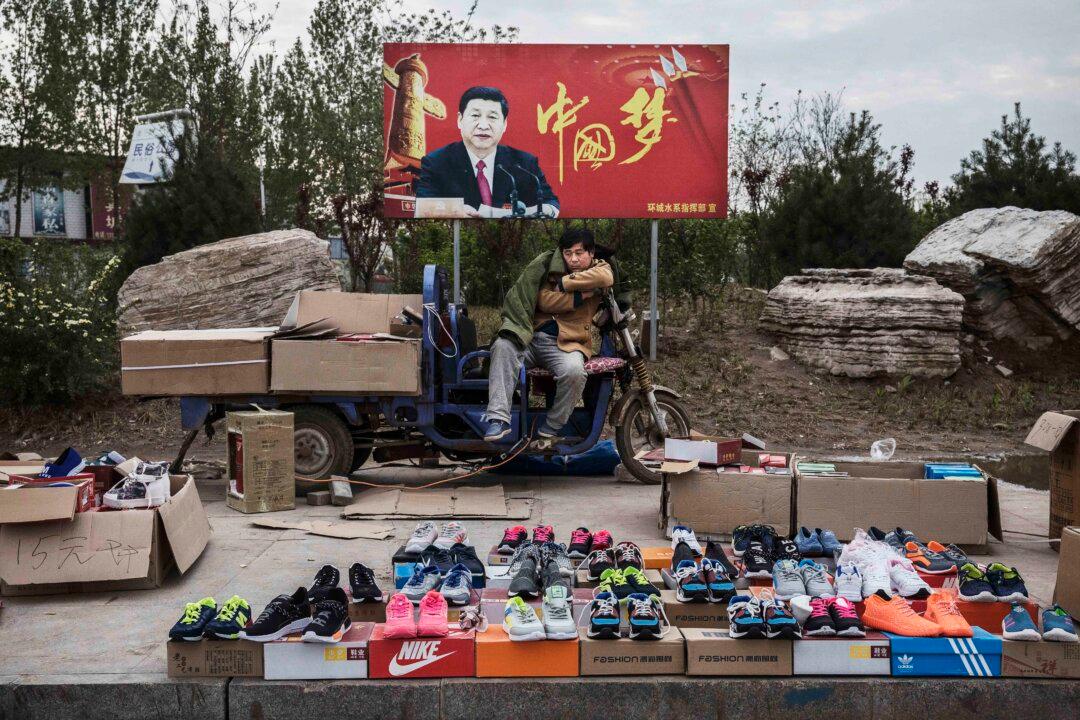Commentary
It won’t come as a surprise to most Epoch Times readers to note that the long inescapable truism that China was about to emerge as the greatest economic power in the world has mercifully ceased.

It won’t come as a surprise to most Epoch Times readers to note that the long inescapable truism that China was about to emerge as the greatest economic power in the world has mercifully ceased.